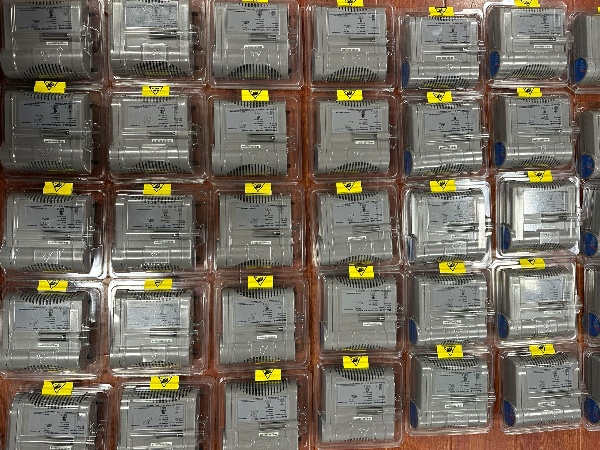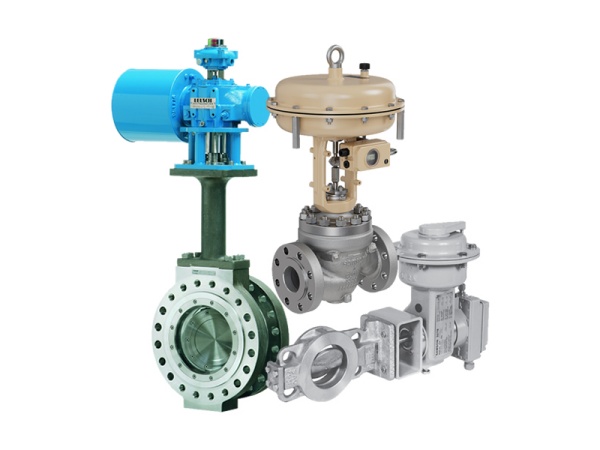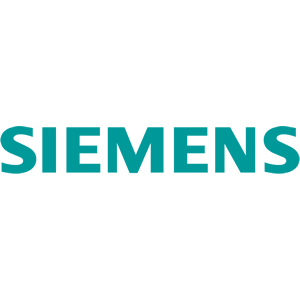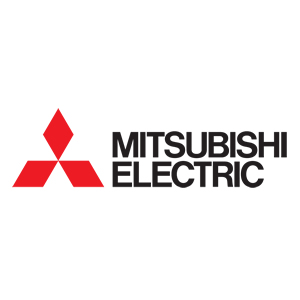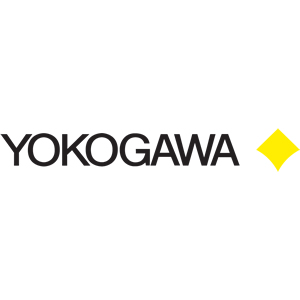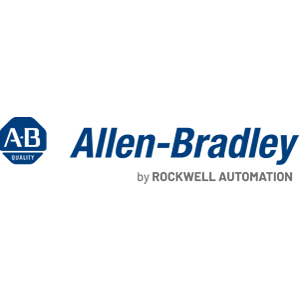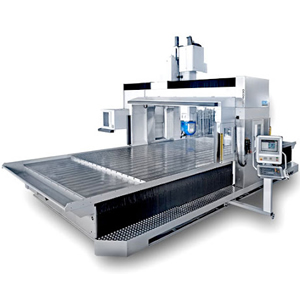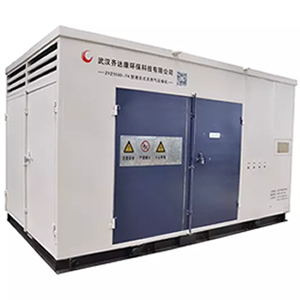He Aratohu Whanui ki te PLC Fundementals: Te hoahoanga, te mahi me nga paearu tohu
He Aratohu Whanui ki te PLC Fundementals: Te hoahoanga, te mahi me nga paearu tohu
Ko nga waahanga me nga waahanga a te PLC
I tua atu i te Pae, Mahara, me nga Taputapu Whakawhitiwhiti, PLC e tohu ana i nga hononga ahumahi nui:
Ko nga hononga whakauru
Whiwhi i nga tohu mai i nga taputapu mara ma OPTO-e rua me nga waahanga whakauru.
Ka wehewhenua hiko me nga tikanga Sensor / tohu tohu (e.g., hurihuri, nga tohu).
Ko nga hononga Putanga
Whakahaerehia nga whakahau whakahaere ma OPTO-ROPS me nga waahanga putanga:
Relays: Haumaru AC / DC uta (≤2a), te whakautu ngawari (10ms)
Transtars: Ko te DC te kawenga anake, ko te tere tere-tere (0.2ms)
TAKOTOHO: AC Peke noa, tere tere (1ms)
Te whakatakotoranga o nga whakarōpūtanga plc
| Tuhinga | Āhuatanga | Whakamahia nga keehi |
| Waehahā | CPU whakaurutanga, i / O, toha mana | Nga punaha taapiri |
| Rōraukāre | Tauira riki-hanga | Pūnaha reo / nui |
| Stmangaako | Hoahoa Hybrid; Nga waahanga mo te miihini me nga hononga taura | Nga taupānga-a-waahi |
Nga Tikanga PLC
Whakatakotoranga Matapihi Matawai
Te tukatuka o roto (diagnostics)
Ratonga Whakawhitiwhiti (Whakawhiti Raraunga)
Tauira whakauru (panui nga whakauru katoa)
Te whakahaere i te hōtaka (Whakahaerehia te arorau)
Putanga Whakaora (whakahou i nga kaiwhakaari)
Ko te roa o te whiu ka whakawhirinaki ki:
Tere cpu (μs / tohutohu)
He matatini o te hōtaka
I / O TE WHAKAMAHI KAUPAPA
Ko ahau / o Whakautu Whakautu
Tuhipoka I / O Nga Taonga Whakauru
Te tukatuka-peia
Nga Kaute-Tere-Tere (> 100kHz)
100kHz)
Paearu Whiriwhiringa matua
Whirihoranga taputapu
Te Hanganga: Te Kotahitanga mo te ngawari VS Modular mo te Taha
I / O Nga Tohu: ≥20% te kaha o te kaha mo te roha mo meake nei
Nga whakaritenga mahara
Whakatauhia:
Tauira Motuhake
Tenalog I / O (4-20MA, ± 10V)
Te Mana Motuhake (Stepper / Servo)
Whakawhitiwhiti (Profinenet, EtherCat)
FAQ hangarau
Q: He aha te tautuhi i te plc?
* A: Rorohiko Mamati Ahumahi me te Maharatanga Papatono mo:
Manapori / Mana Whakahaere
Te wā-tūturu i / O te whakahaere
Te mahi mahi tonu *
Q: Ko nga tohu a-roto a roto?
Nga hononga whakauru / putanga putanga (X / Y)
Kaiawhina awhina (M)
Timer (t), nama (c)
Rehita Raraunga (D)
Q: Mahi hoapaki?
Ko te COIL electromagnetic e haehae ana → Nga Hoapapa Upoko
Ko te ARC Chutes te aukati i nga koriri i te wa e haukotia ana
Tirohanga ahumahi
"Modern Plc Bridge Bridge Bridge licy me te Ahumahi 4.0 na roto i te mana whakahaere, me nga waahanga CyberSecurity, me te Iwi Iti."


